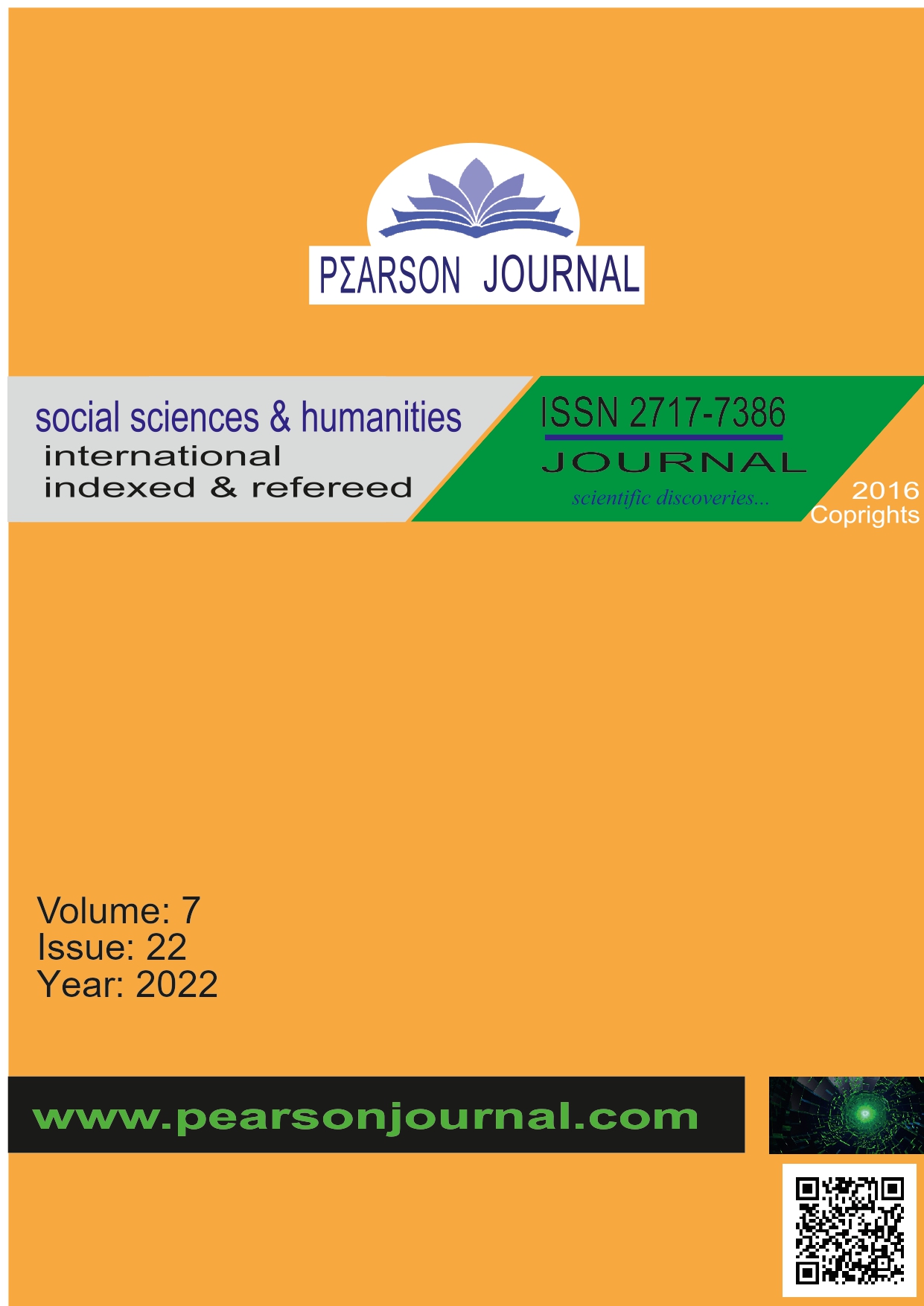OCCUPATIONAL GROUPS IN THE OTTOMAN PERIOD TOMBSTONE INSCRIPTIONS IN THE IZMIR REGION
DOI:
https://doi.org/10.46872/pearson.391Keywords:
Inscription, Tombstone, Ottoman Period, ProfessionsAbstract
Death, which is the last death in which every self will encounter, has left deep effects on human beings. In Islamic belief, “Every exquisite death will taste death. Then you will be returned to us ”. Muslims, who saw death as a return to the world and the real one, made tombstones, a concrete reflection of the perception of death in Islamic art. The tombstones, which are seen as the last trace left in the mortal world, are important works containing messages about the cultural and social life of the period. Among the important sources that will shed light on history in the Izmir region of Küçük Menderes Basin, Ottoman tombstones are also present. In addition to its artistic dimension, these tombstones provide important information about social and administrative history, literature and language use, regional demography, family structure and period diseases. In addition, the information identified in the tombstone inscriptions are occupations. Değirmenci, Demirci, Deveci, Real Estate, Real Estate Clerk, Hafiz, Hatip, Hazinedar, Imam, Butcher, District Governor, Müderris, Naip, Semerci, Nalband, Telegraph Manager, Bıçakçı, Eskici, Cavalry, Sergeant, Gazancı, Felter, Mutaf and so on. There are professional groups and people with a certain status in the society. Within the scope of this statement, it is aimed to examine the inscriptions expressing the occupations in the tombstones of the Ottoman period in İzmir region and to reach the relevant results about the professional groups in the social and administrative environment of the period.




